

Photos by MOTOKO
ー
What is this thing you’ve brought out here?
Dr. Igarashi
It’s a 3D model of cellulase magnified approximately 16 million times. The lower part is cellulose. If you look closely, you’ll see that it is a long string of individual glucose molecules, or sugars.
An enzyme called cellulase is atop the cellulose, scraping it off as it moves. We often describe the way the cellulase rips the cellulose into bits as being like the action of a hand plane.
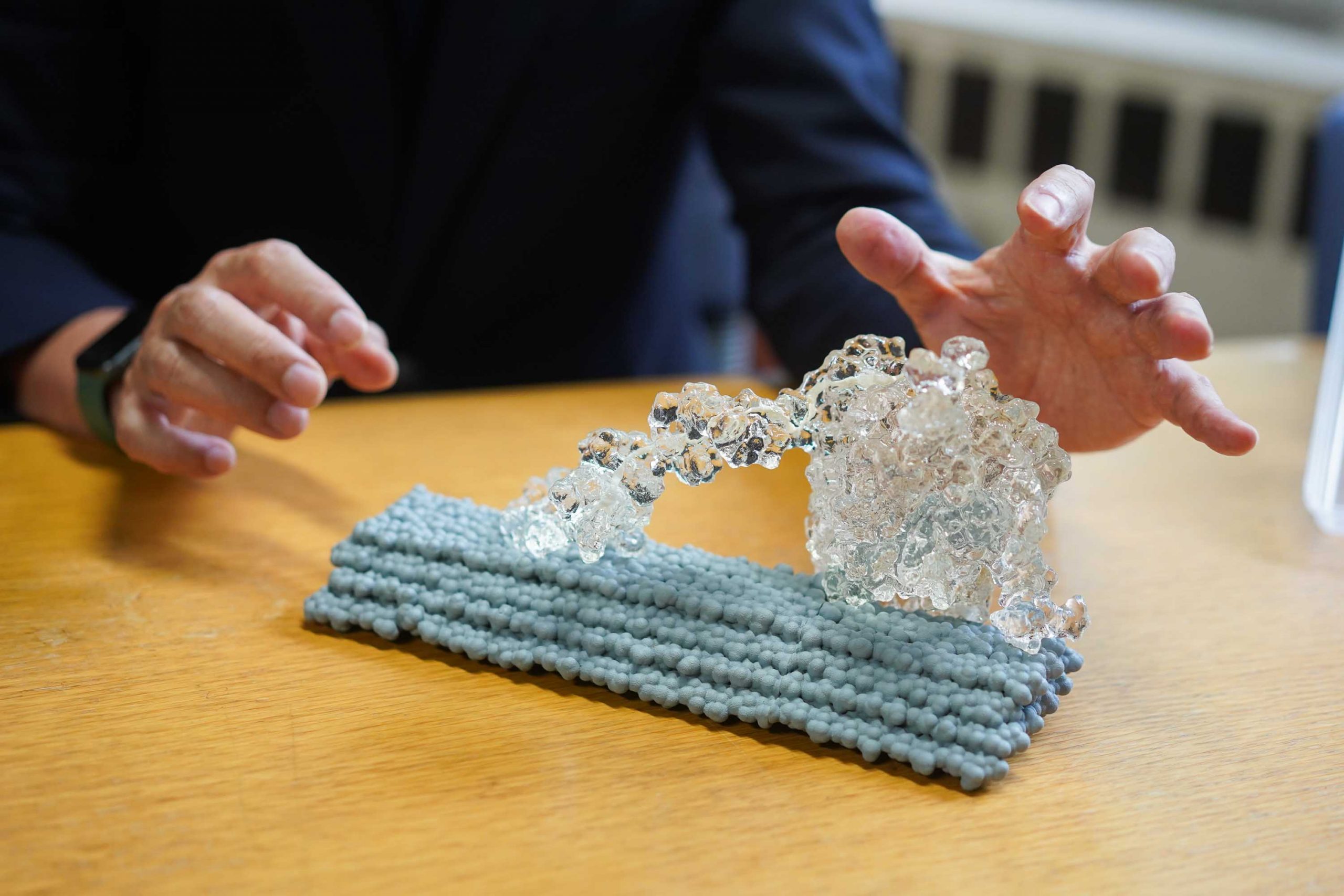

ー
Here in the seventh installment of Enzyme Talk, we finally have a realistic model of Enzo! This shows us a lot more than drawings or illustrations.
Dr. Igarashi
The reaction inside cellulase is such that the cellulose molecules are removed one by one from where they are connected to glucose, and then each and every grainy glucose molecule is cast off.
Enzymes are only about 10 nanometers in size. We call them nanomachines because they pull glucose molecules roughly 0.5 nanometers in size away from cellulose. Hundreds of millions of enzyme molecules move around in the reaction liquid, converting biomass into sugars as they go.
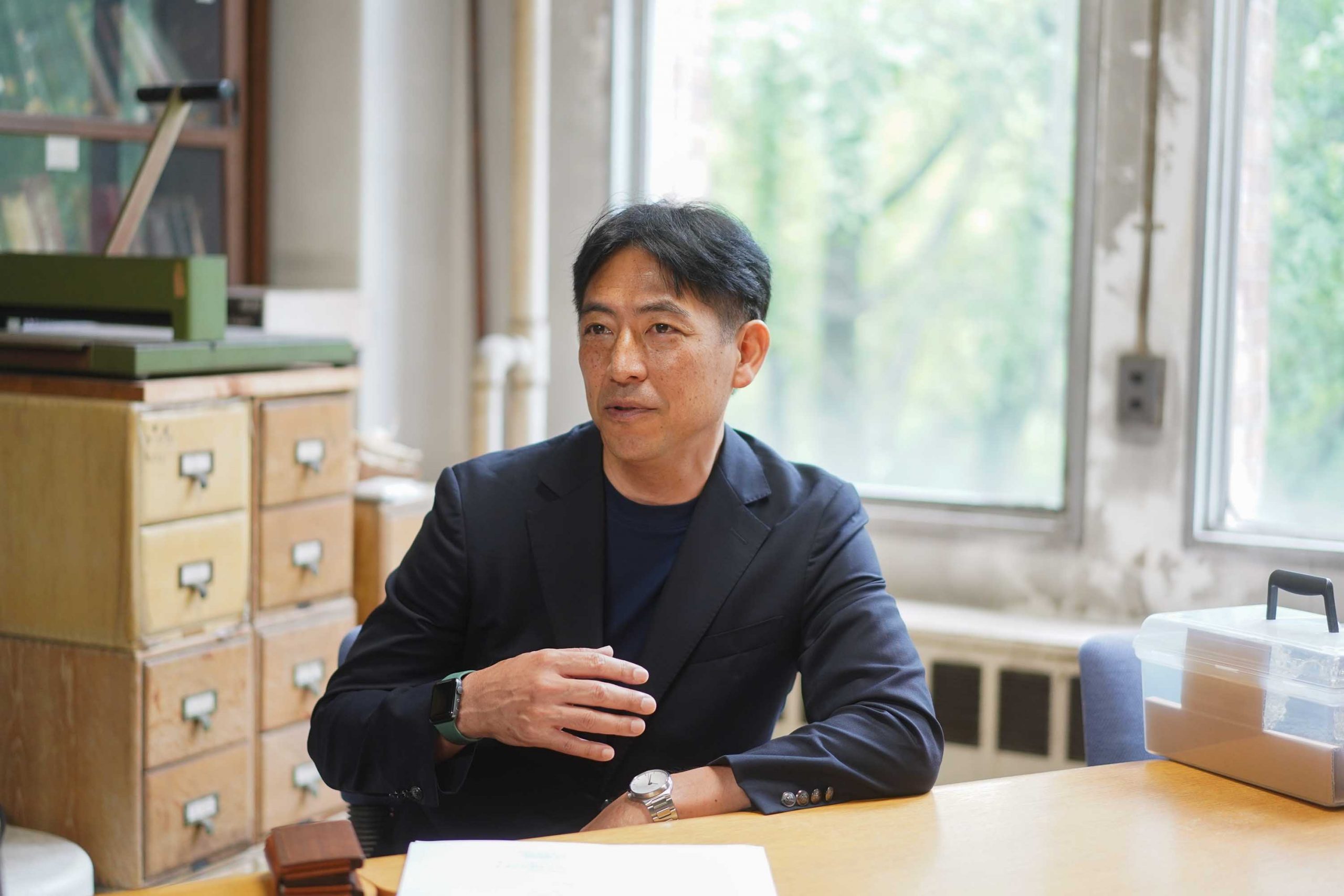

Dr. Igarashi
I wonder if humans will ever be able to create such intricate nanomachines. Our hard work may result in the ability to create something similar to enzymes through chemistry. In fact, the 2021 Nobel Prize in Chemistry was awarded for research on the development of asymmetric organocatalysis.
But in my view, organisms are already using that process naturally. I think it’s a noteworthy accomplishment to create something like that, but also that we should let organisms keep doing what they do. If I were asked to create an enzyme from scratch, I would put up the white flag without hesitation. That said, any enzyme known to be used by organisms can be used by humans. That is why I am such a big proponent of enzymes.
Ever wonder how many different kinds of microorganisms exist? According to one theory, there may be a trillion! Nature is truly amazing, making that many different prototypes. Human industrial society only tries to create meaningful things, but nature creates without such concerns.



Dr. Igarashi
Nature simply keeps creating, whether the results have any purpose or not. The enzyme cellulase modeled here is made up of two parts. This front part acts like a sensor to find cellulose. They find cellulose molecules and then *SNAP* onto them.
Behind that is the part that takes in the cellulose and cuts it off. In other words, it is a really well-designed system that catches what it’s looking for and pulls it in without ever letting go.
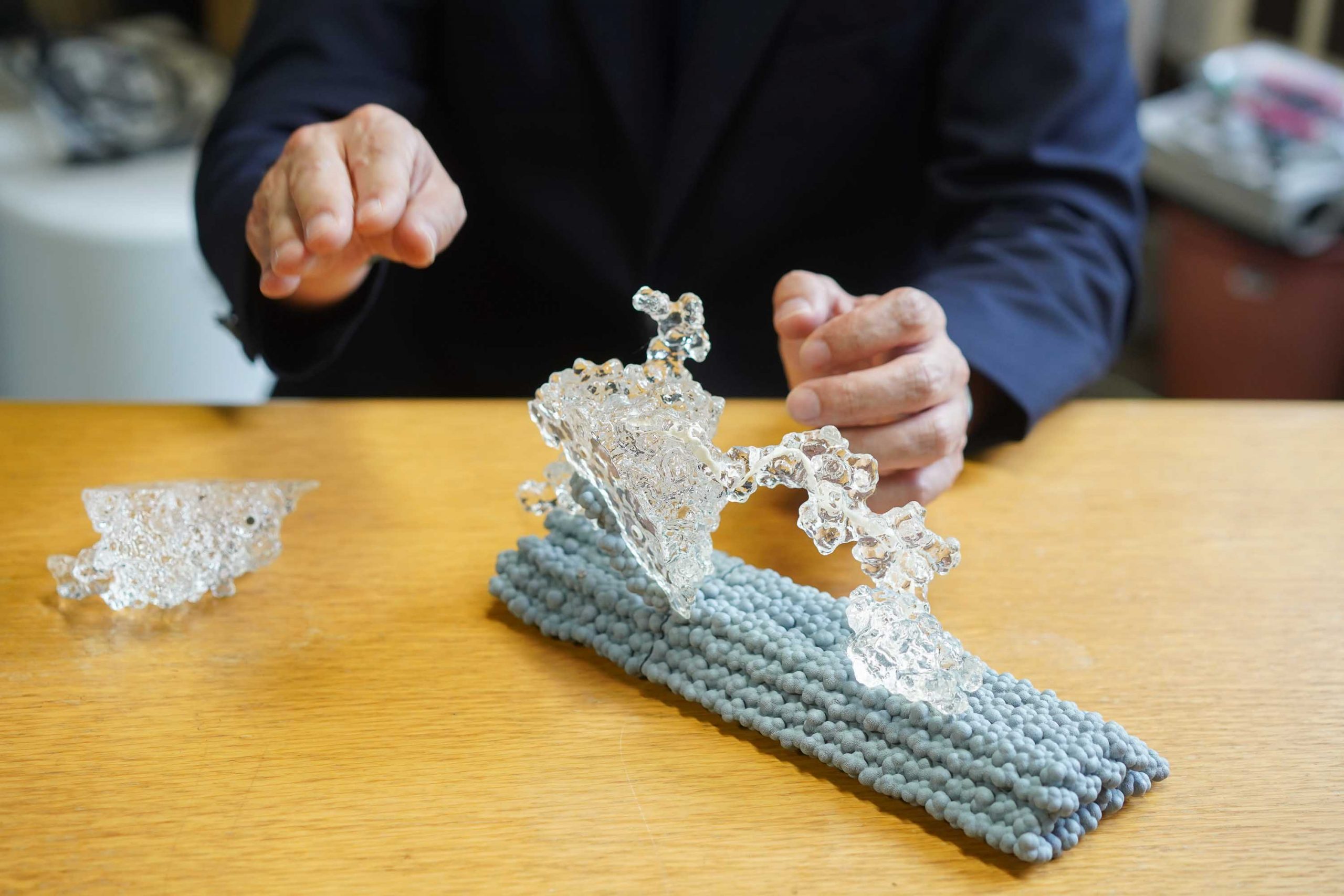

Dr. Igarashi
Amazingly, they do all of this without a sense of sight, a sense of smell, or even intent. They really are machines that run purely on chemical reactions.
ー
It is difficult for humans to create nanomachines like enzymes. What is the biggest reason for that?
Dr. Igarashi
Well, we still have no idea how the chemical reactions occur. Remember the part of cellulase that takes in the cellulose and cuts it off? Enzymes have a mechanism that allows them to instantaneously create chemical reactions at exactly the places they want to cut, something humans cannot do without using sulfuric acid to dissolve the surface.
So if we can figure out the mechanism, I think we can design our own enzymes. My question is, why should we go through the trouble of redesigning something when nature already has that mechanism in place?
So, the point of your research is not to design new enzymes?



Dr. Igarashi
No, it’s not. I think our only task is to demonstrate how amazing nature is. I feel like nature is doing such a good job here that it may be faster for humans to simply get on board with nature.
ー
What kinds of findings do you think could be developed into industries?
Dr. Igarashi
As Enzo said earlier, enzymes work slower than the chemical reactions we use in modern industrial society. But there must be ways to speed them up. I think humans simply haven’t mastered enzymes yet.
In the case of cellulase, I can’t do anything to speed up the process if I don’t understand how they are cutting the cellulose. So I am doing fundamental research to figure out how cellulase cuts cellulose.
We enzymes are nothing more than chains of amino acids. How did we get to be this way after so many years? Why do we work this way? Researchers around the world are trying to unravel the mystery.



Dr. Igarashi
Well, to go into a little more detail, my signature research is eliminating the traffic caused by cellulase on the surface of cellulose.
Traffic? Like, a traffic jam on the road?



Dr. Igarashi
One and the same. Once a traffic jam occurs, the enzymes block each other from moving forward. This slows down the rate of degradation. If we can eliminate these traffic jams, we should be able to expedite the degradation.
We have an idea to cut tiny slits all over the cellulose to give enzymes many different places to slide in. The question is, how do we make those slits? This illustrates the step-by-step approach we are taking to move our research forward.
ー
Hey, what is that plaque over there in your lab?
Dr. Igarashi
It is a proof that our research has been recognized as a Guinness World Record. We produced the highest-resolution X-ray crystallography image of an enzyme.
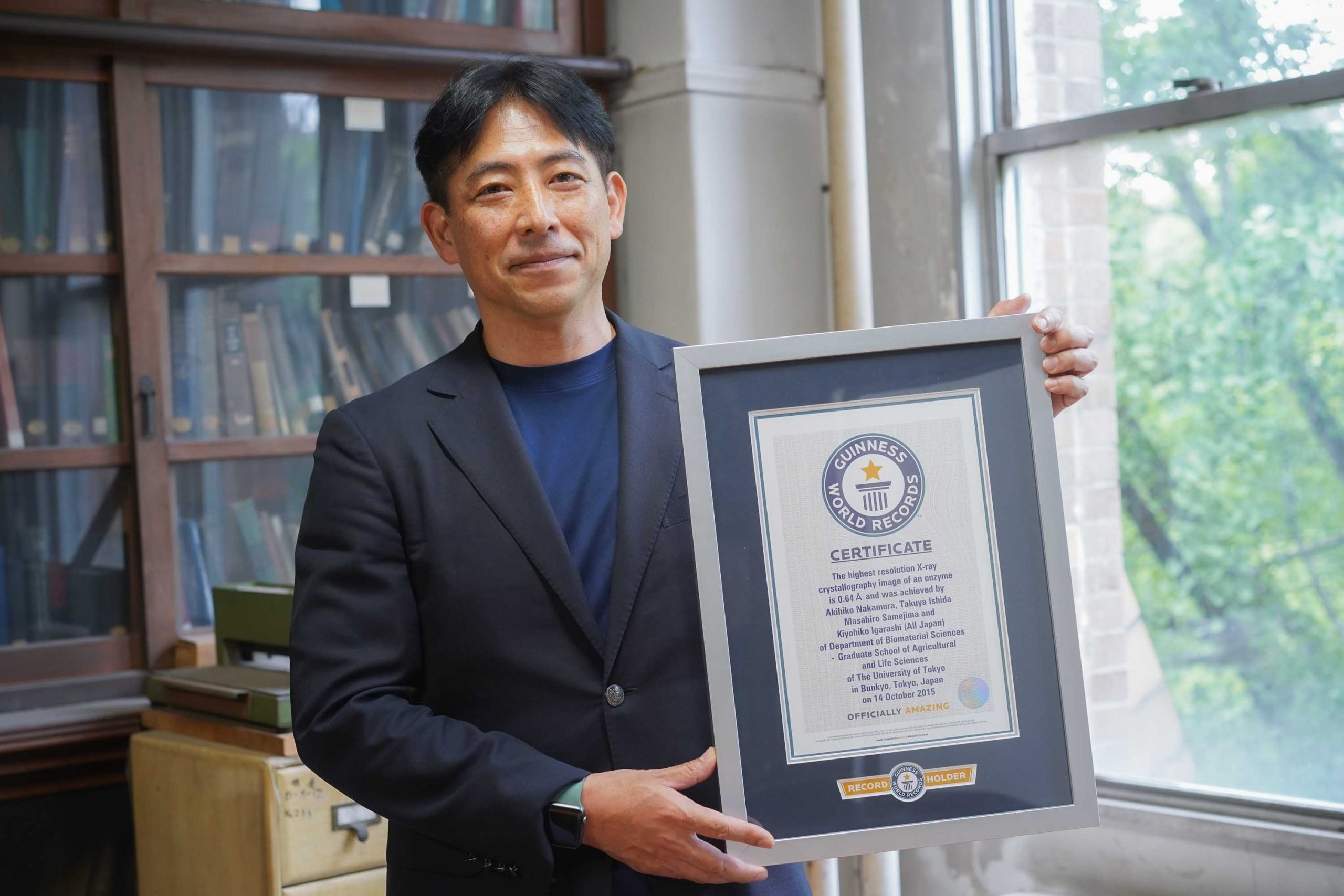

Dr. Igarashi
We were working on a project called Protein Crystallization in Space. During the project, some truly beautiful crystals formed.
When we exposed them to X-rays, we got incredibly high resolution. One of the students I was working with made an offhand remark that all we could do was register our findings with the Guinness Book of World Records, because it wouldn’t advance anything scientifically. So I said we should give it a try.
So the images of us were as clear as an X-ray from a medical exam?



Dr. Igarashi
The higher the resolution, the more you can see. You can even see how hard or soft proteins are. Usually, we make calculations to judge how hard certain parts are, for example, but our record-setting X-rays showed us very clearly that the hard places are full of carbon and oxygen atoms.
In contrast, the softer areas are a bit looser and move more. The images are dotted with a bunch of round atoms. I was so impressed when I saw that.


(Direction: Mitsuko Kudo, Illustration: Hiroko Uchida)
Was it like the difference between a scale that only shows your weight and one that shows stats like body fat, too?



Dr. Igarashi
Exactly. It was like we could see all the data. It enabled us to come up with an entirely new enzymatic reaction mechanism. It was only possible because the resolution was so high, so I think our finding eventually resulted in scientific progress.
We enzymes are made up of many more molecules than ordinary chemical catalysts. We’re polymers, so I would think that involves many influential factors.



Dr. Igarashi
To get technical, enzymes have very different patterns of hydrogen bonding with other atoms than other amino acids. Enzymes have a mechanism that skillfully uses hydrogen bonding to guide themselves to a place where they want to cause a reaction. They can be hydrolyzed through a network of hydrogen bonds. We are able to see this thanks to the higher resolution.
I’ve always wondered why we enzymes are so energetic and why we do what we do. I hope Dr. Igarashi and his colleagues keep solving these mysteries!



Dr. Igarashi
You may not know why you can do these things, but I think we can look at you from the outside in various ways and figure it out so that we can tell you how amazing you are.
You could be my personal trainer!



Dr. Igarashi
I believe that if we humans work hand in hand with nature as we continue to push the boundaries of our knowledge, we can create a world where enzymes help us avoid damaging the earth’s natural environment. This is what has kept me going in enzyme research for so long without tiring in the slightest.
ー
So you’re not suggesting that we scrap our modern society; you’re saying we should change it gradually.
Dr. Igarashi
Yes. Even now, we are replacing a large number of chemical reactions with enzymes. I believe enzymes will play an increasingly important role in the future.
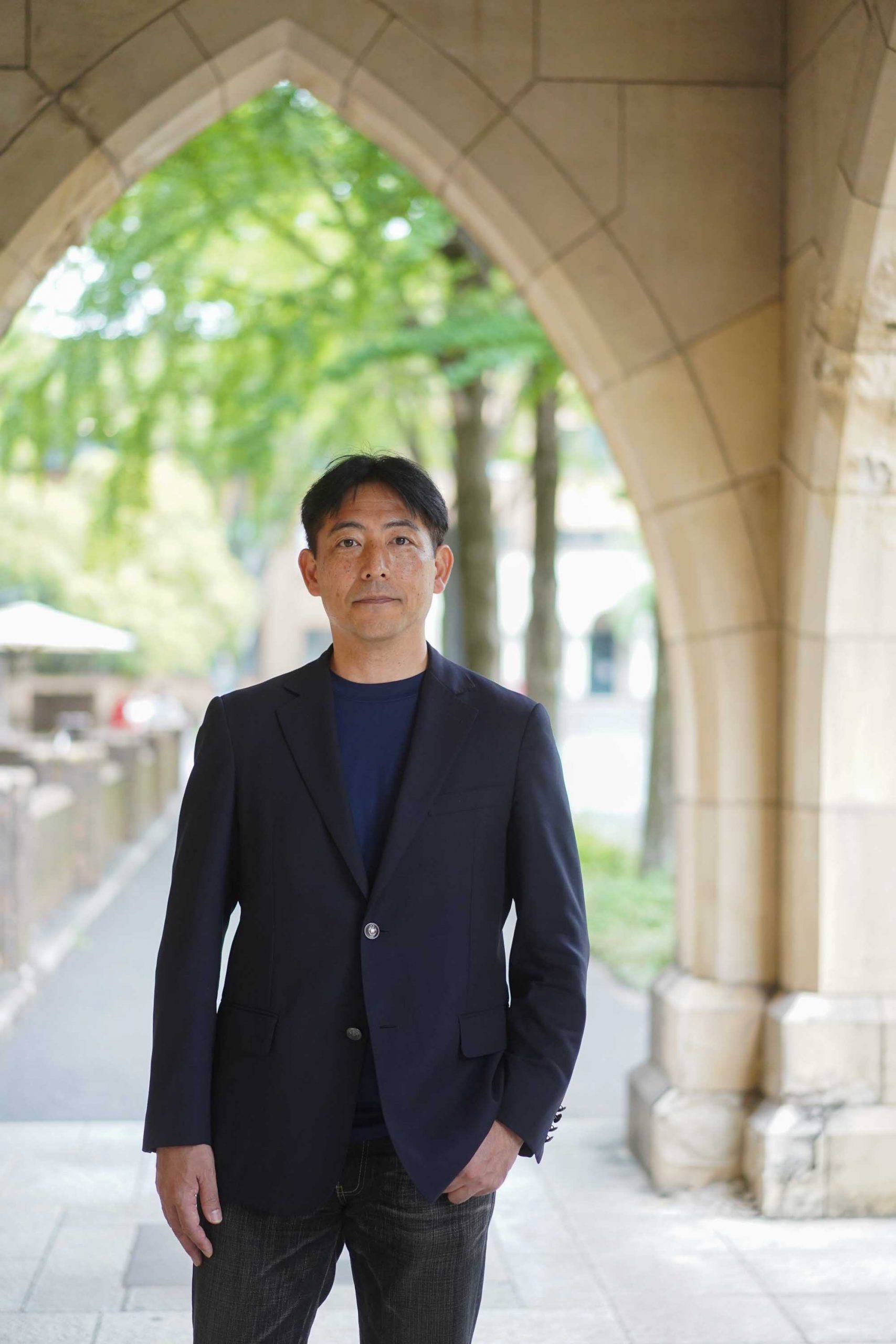

Nature nurtures diversity without a specific plan, unlike industrial society, where it must be done with intent. Nature does things in such a way that the result is whatever is needed. That is the most amazing piece of wisdom nature offers. It is truly amazing that nature’s system is equipped to create great diversity that materializes all possibilities, rather than creating things only for specific purposes. There’s a lot we humans can learn from nature.
Enzymes are active in every aspect of our world, and we are seeking new possibilities for them.
In this corner, we visit people who are currently active in various fields with "Enzo" and ask them about their stories.

